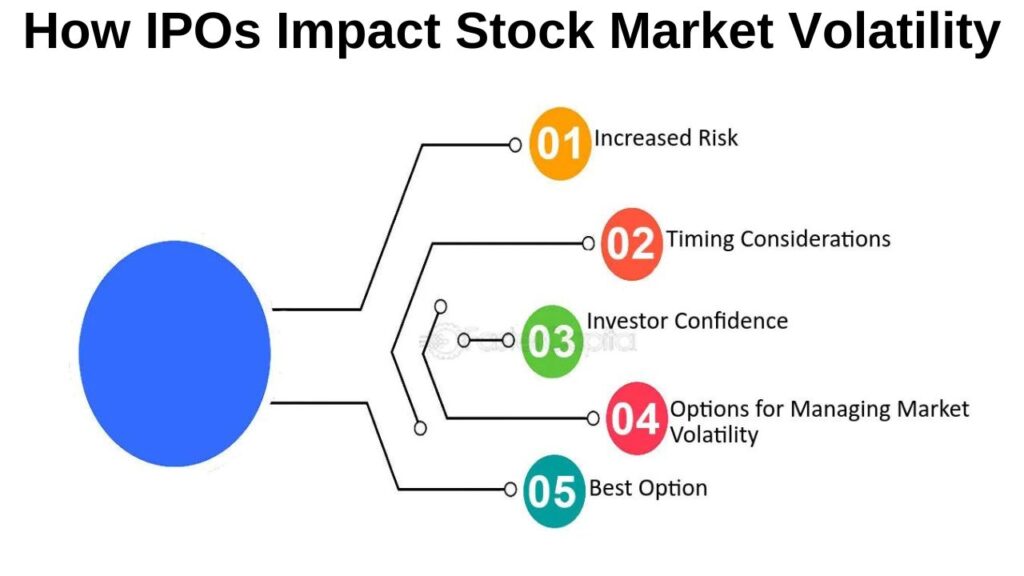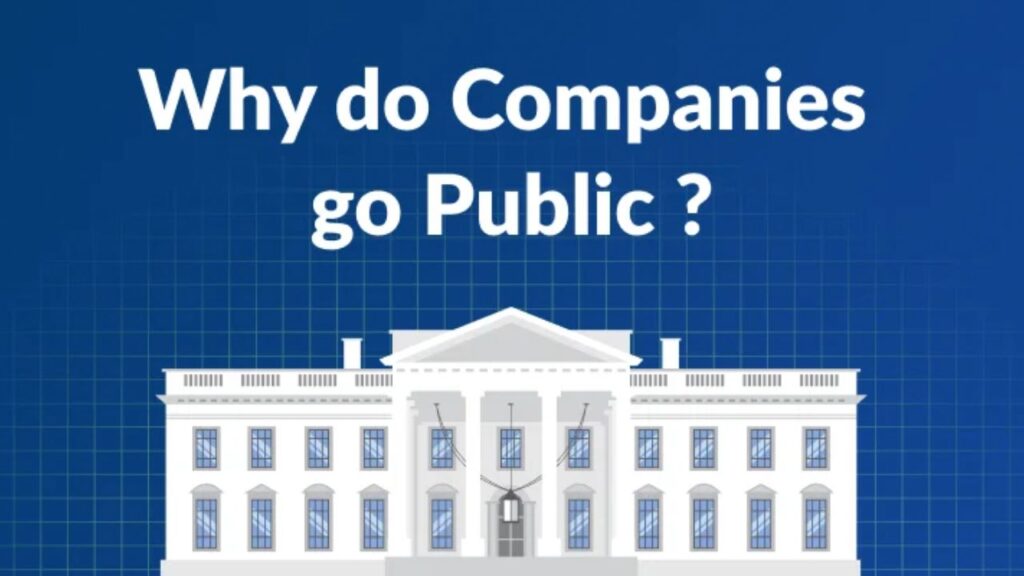Introduction: What is a Fixed Price IPO?
A Fixed Price Initial Public Offering (IPO) is a method where the price of shares is set before they are offered to the public. Unlike the book building process, where the price is determined by demand, fixed price IPOs offer a set rate. This post explores the rationale behind this choice, its benefits, drawbacks, and how it compares to other IPO strategies.
Mechanism Behind Fixed Price IPOs
- Price Determination: In fixed price IPOs, the price is determined by the company and its bankers based on various factors like valuation, market conditions, and future prospects.
- Investor Participation: Investors know the price upfront, making it easier for them to decide whether to invest without uncertainty.
Advantages of Fixed Price IPOs
- Simplicity and Transparency: Fixed price IPOs are straightforward, attracting a broader investor base due to their simplicity. Retail investors, in particular, might find this structure easier to understand.
- Reduced Speculation: Since the price is predetermined, there is less opportunity for speculative behavior and pricing bubbles.
Disadvantages of Fixed Price IPOs
- Mispricing Risk: There is a risk of mispricing. If the price is set too high, the shares may remain unsold. If set too low, the company could miss out on potential profits.
- Inflexibility: Unlike the book building process, the fixed price does not adjust to market demand, leading to possible suboptimal pricing.
Fixed Price IPOs vs. Book Building: A Comparative Analysis
- Price Discovery: Book building allows for dynamic pricing based on investor demand, providing greater flexibility. Fixed price IPOs, however, lock in the price, which can be advantageous for retail investors but may miss out on institutional insights.
- Investor Engagement: Fixed price IPOs tend to attract retail investors due to their simplicity, while institutional investors prefer book building for its adaptability and better price discovery.
Historical Context and Evolution
- When Were They Popular? Fixed price IPOs were more prevalent in the past when markets were less dynamic and complex. They still hold relevance in certain sectors or regions where simplicity and transparency are prioritized.
- Current Trends: Despite the popularity of book building IPOs, fixed price offerings maintain a niche in markets where retail participation is more dominant, or companies are seeking straightforward issuance processes.
Investor Perspective on Fixed Price IPOs
- Retail Investors: Retail investors may view fixed price IPOs as less risky and more transparent, knowing the cost of shares beforehand.
- Institutional Investors: Institutional investors, who typically seek better price discovery through book building, may be more cautious about fixed price IPOs due to potential mispricing.
Legal and Regulatory Considerations
- Market-Specific Regulations: Some markets may favor or regulate fixed price IPOs differently based on local laws and market dynamics.
- Compliance: Companies must ensure that the fixed price adheres to legal standards, providing a fair representation of the company’s value to avoid legal and financial repercussions.
The Future of Fixed Price IPOs
- Market Trends: Fixed price IPOs are witnessing a mixed response, with a decline in some global markets but continued relevance in certain regions. Companies might turn to fixed price offerings for quicker, simpler public listings.
- Technological Impacts: Technological advancements, such as digital platforms and real-time market analytics, might improve the efficiency and transparency of fixed price IPOs, potentially leading to their resurgence.
Conclusion: The Role of Fixed Price IPOs in Modern Markets
Fixed price IPOs, while less flexible than book building offerings, provide simplicity and transparency. They remain a viable option for companies seeking straightforward listings, particularly in markets with a strong retail investor base. As markets evolve and technology improves, fixed price IPOs may find renewed relevance.
Call to Action
Share your thoughts and experiences with Fixed Price IPOs. For the latest insights into IPO markets, follow us on financial platforms and stay updated on upcoming public offerings.
Why Companies Opt for FPO After an IPO: A Strategic Overview
1. Introduction In the world of public markets, Initial Public Offerings (IPOs) and Follow-on Public…
The Ultimate Guide to Understanding IPO vs. FPO: Differences, Benefits, and Risks
1. Introduction to the World of Public Offerings Capital markets thrive on the flow of…
How Book-Building IPOs Work: A Comprehensive Guide
Investor Perspectives on Book-Building IPOs Retail vs. Institutional Investors: In the book-building process, institutional investors…
Understanding Fixed Price IPOs: A Comprehensive Guide
Introduction: What is a Fixed Price IPO? A Fixed Price Initial Public Offering (IPO) is…
Mastering IPO Terminology: A Comprehensive Guide for Investors
Introduction Navigating the world of Initial Public Offerings (IPOs) can be daunting, especially with the…
How IPOs Impact Stock Market Volatility
Introduction: The financial markets are a complex ecosystem, where Initial Public Offerings (IPOs) play a…






